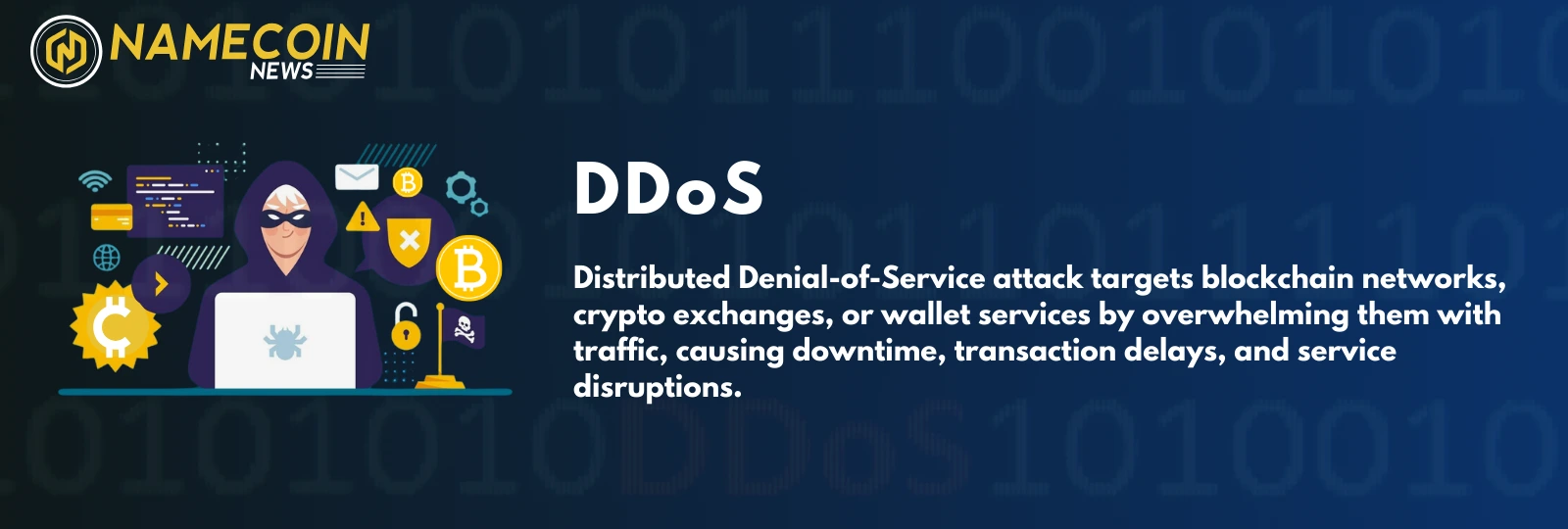In the digital age, cybersecurity threats evolve, and one of the big ones is DDoS, which is short for Distributed Denial of Service. A DDoS attack can easily cripple websites, online services, and even entire networks by overwhelming it with a massive influx of traffic. Here we have cove the DDoS full form, DDoS meaning, how such attacks work, and impact businesses and individuals in the USA.
What Is DDoS?
A DDoS or Distributed Denial of Service attack is a condition in which multiple systems, usually infected with malware, flood a targeted server, website, or network with an overwhelming amount of traffic. This causes the service to be unavailable to legitimate users, resulting in downtime and financial losses.
Unlike traditional denial-of-service attacks, which come from a single source, DDoS attacks come from multiple sources, making them more difficult to detect and mitigate.
How Does a DDoS Attack Work?
DDoS attacks occur in these phases generally:
- Infection and Compromise: Hacking using malware infests as many devices as possible and forms what is termed as a botnet.
- Attack Initiation: Botnet master controls the device to generate as much traffic as it can towards a target
- Overload, and Disruption service: These massive traffics cause floods in the victim’s network, thereby shutting down, or totally discontinuing his services.
DDoS attacks may be targeted at the network in different layers, for instance:
- Application Layer: Targeting certain services or applications.
- Network Layer: Overwhelming bandwidth with large data packets.
Why Do DDoS Attacks?
There are several motivations for DDoS attacks, for instance:
- Hacktivism: Cyber activists target organizations to protest against certain policies.
- Financial Motives: Some attackers demand ransom to stop the attack, referred to as Ransom DDoS, RDoS.
- Competitor Sabotage: Businesses can be victimized through DDoS attacks from competitors that want to sabotage their business.
- Political Reasons: Government organizations are the most affected during geopolitical struggles.
Pros & Cons of DDoS Attacks
Pros (for attackers)
- Disruption Power: Can take down high-traffic websites or services.
- Low Cost: Relatively easy to execute with minimal resources through botnets.
- Anonymity: Hard to trace back to the original source because of the distributed nature.
Cons (for victims)
- Downtime and Lost Revenue: Substantial dollar losses in terms of lost opportunities due to downtime.
- Reputation Damage: Loss of customer trust and further damage to the brand reputation.
- Painful Mitigation Costs: Costly security solutions needed to counter and mitigate attacks.
History of DDoS Attacks
DDoS attacks have also evolved since their first occurrence in the early 2000s:
- 2000: The first major media reported DDoS attack hit major websites such as Yahoo!, eBay, and CNN.
- 2016: Mirai botnet attack that used IoT devices to take out large parts of the internet.
- 2020s: DDoS-for-hire services are becoming more prevalent and making attacks more accessible for criminals.
Various Components / Key Facts
- Botnets: A network of compromised devices, which are used to launch DDoS attacks.
- Types of Attacks: Volumetric attacks, protocol attacks, and application layer attacks.
- Mitigation Tools: Firewalls, load balancers, and DDoS protection services, such as Cloudflare and Akamai.
Benefits / Features of DDoS Protection
- Real-Time Monitoring: Continuously monitor the traffic patterns to identify anomalies.
- Automated Mitigation: Rapid response systems to block malicious traffic.
- Scalability: Handling high volumes of traffic without affecting legitimate users.
- Comprehensive Security: Integrated protection against other cyber threats.
Conclusion
Understanding the DDoS full form and DDoS meaning is critical within the present cybersecurity environment. To the U.S. businesses and individuals, preserving themselves from Distributed Denial of Service attacks is essential to preventing the interruption of services and safeguard of sensitive information. As cyber threats expand, the investment in strong DDoS protection mechanisms will be an integral piece of any holistic cybersecurity strategy.

